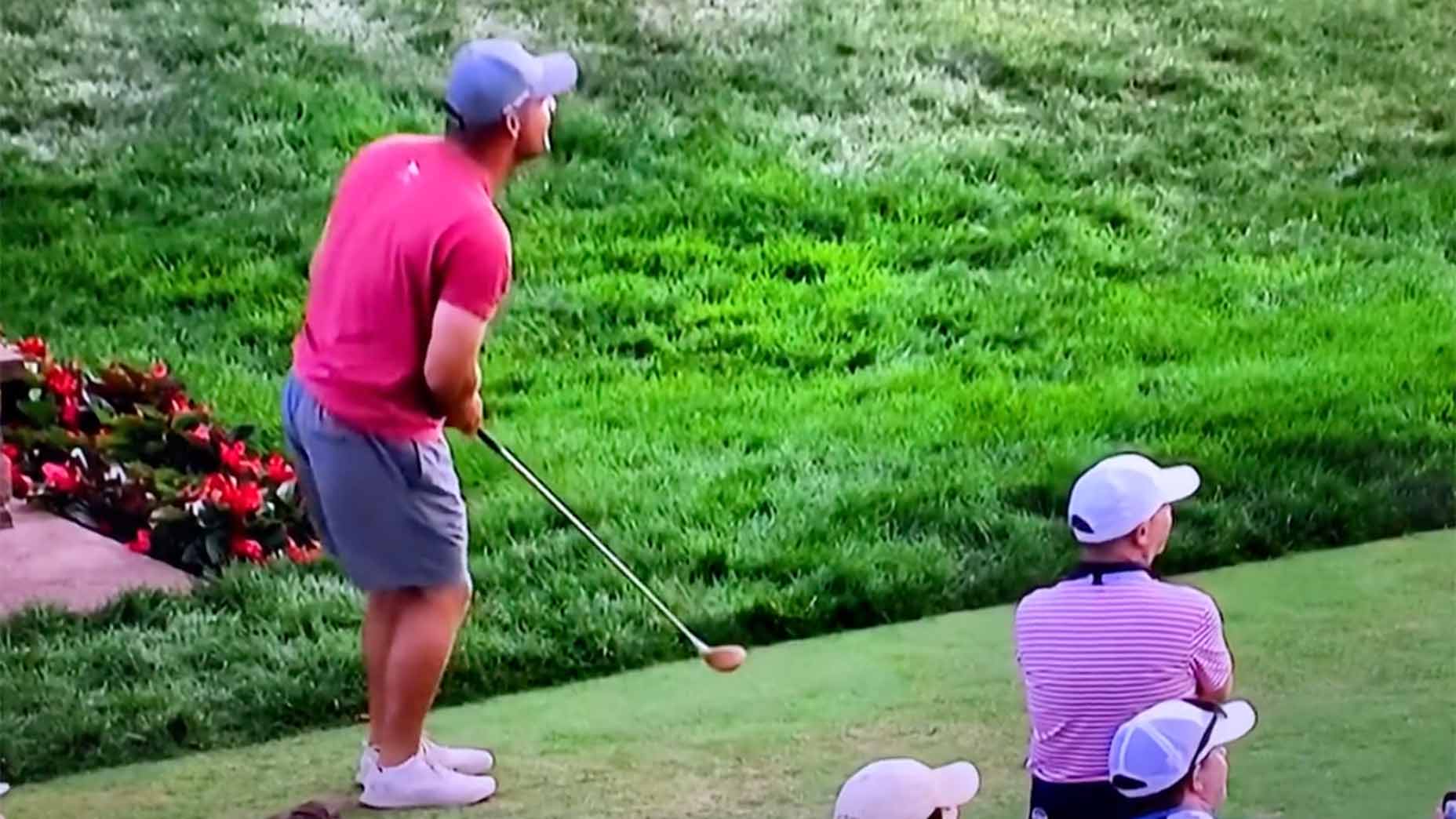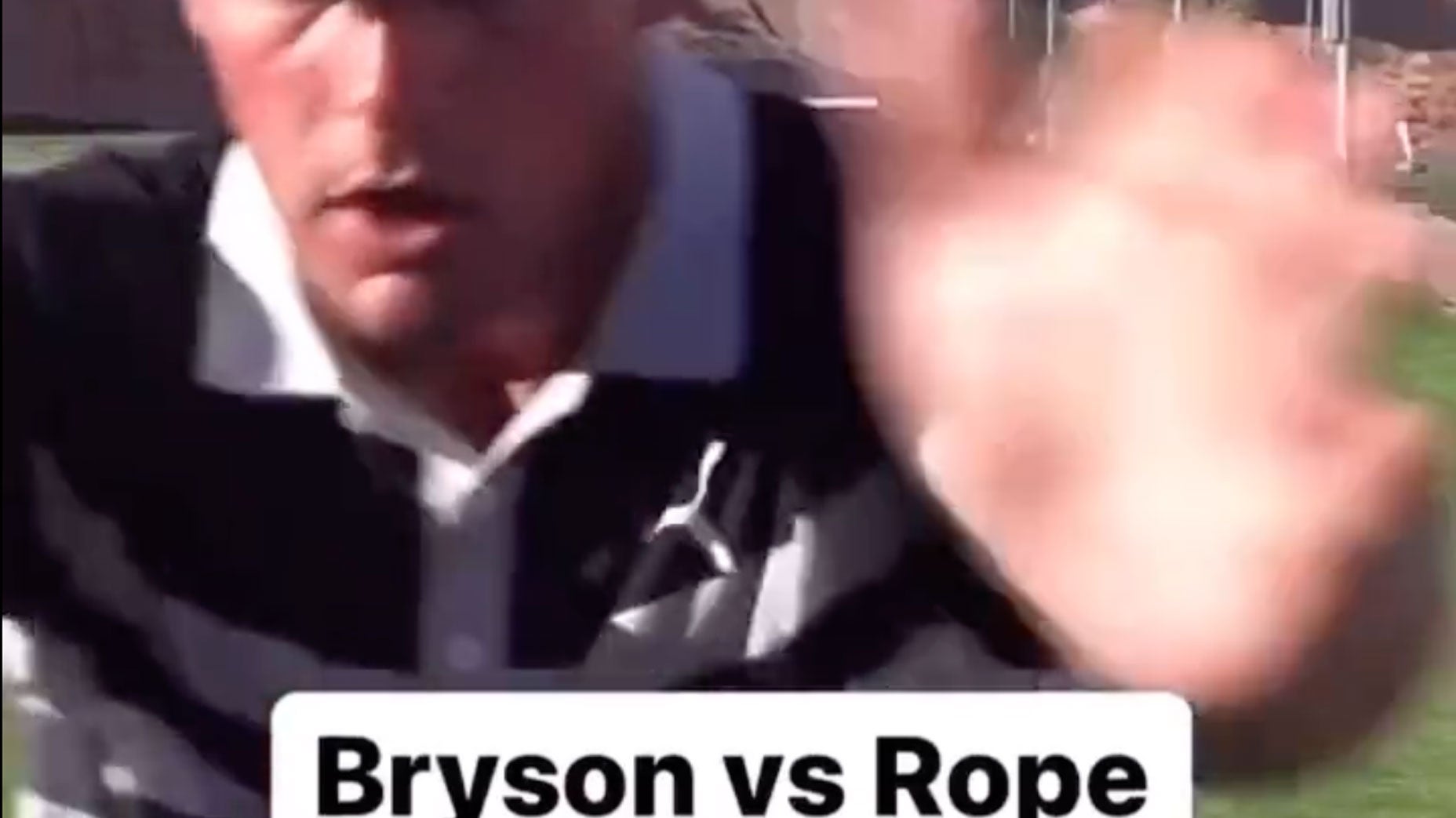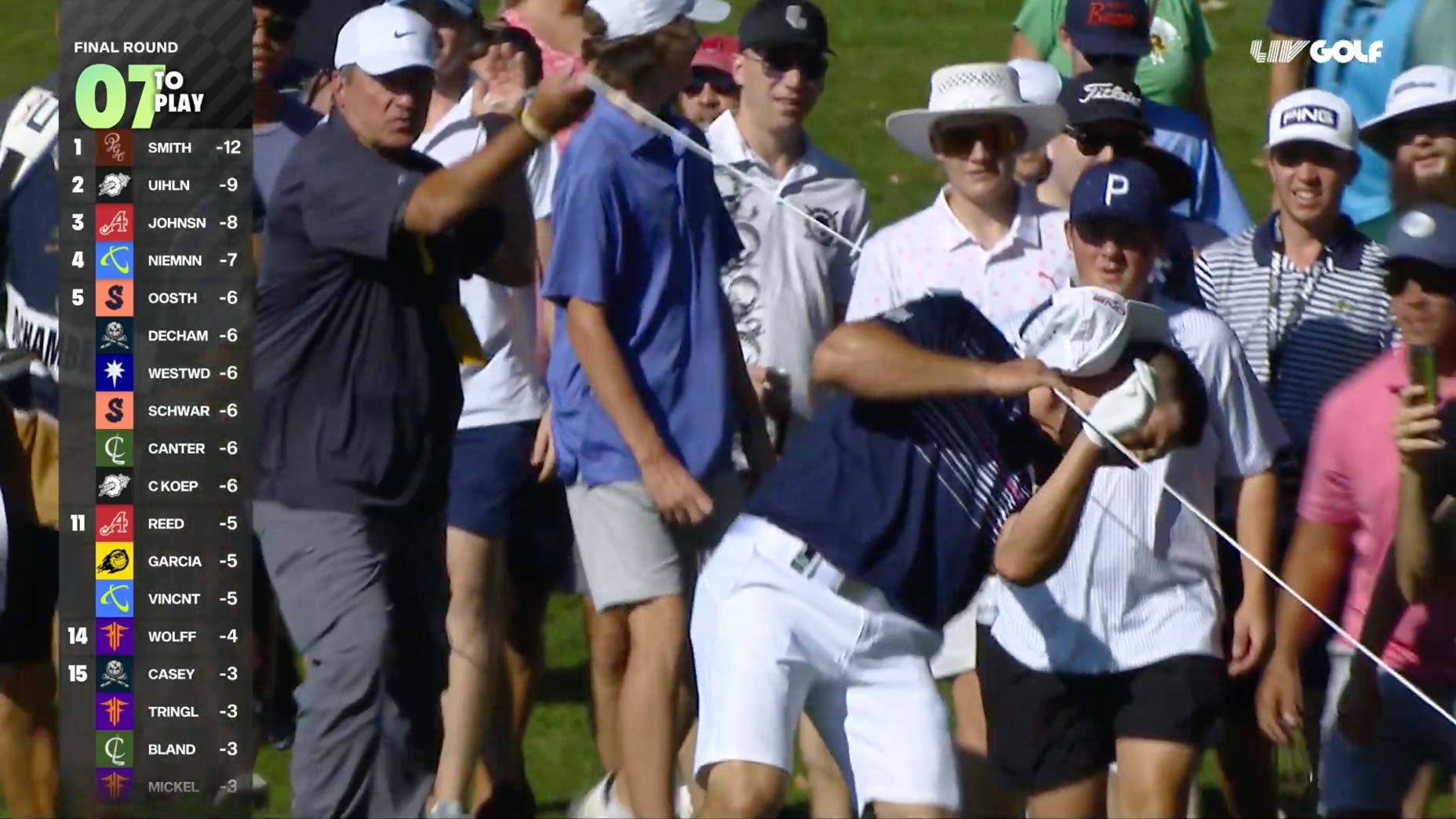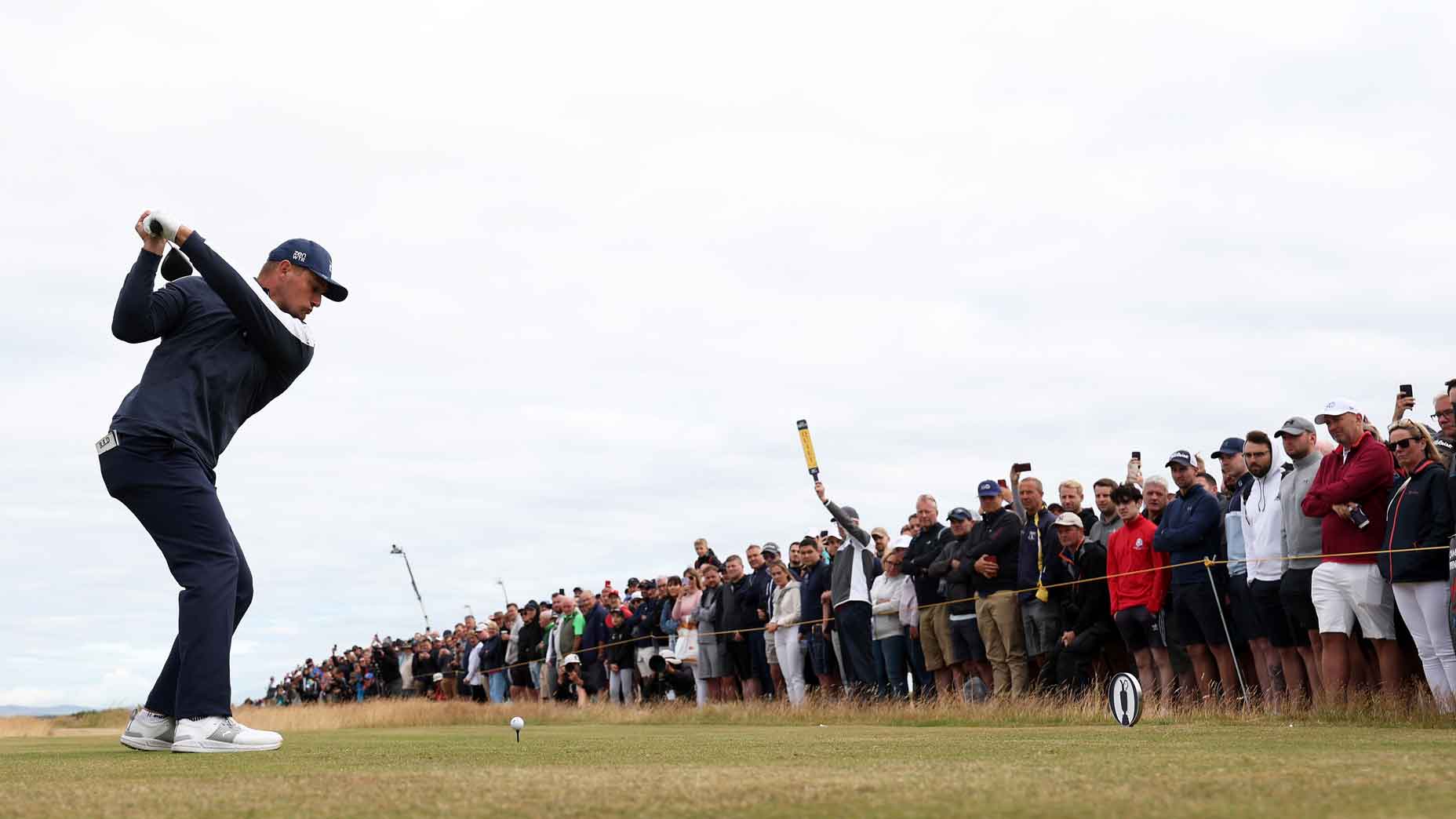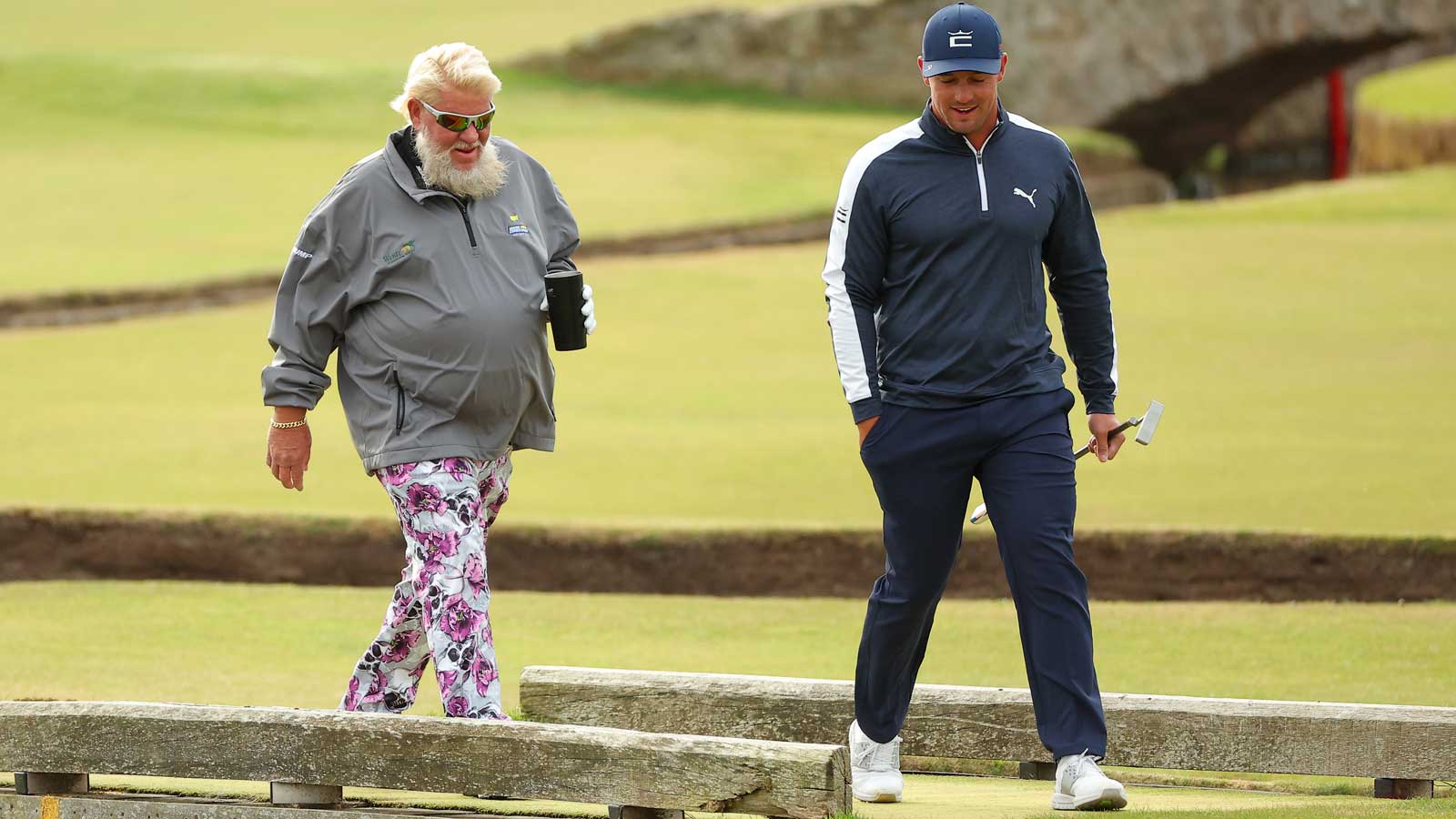You know what they say: The U.S. Open doesn’t start until the rules officials get called-in on Saturday. As was the case at Winged Foot during the third round, when golf fans were treated to two rules questions involving Matt Wolff and Bryson DeChambeau that each resulted in no penalty.
The first involved Matt Wolff playing “Winged Foot Jenga.” Wolff, who stormed up the leaderboard on Saturday, arrived at his ball only to find a divot interfering with his lie. He’s allowed to move the divot, but he had to be careful, because if the ball moved he’d be issued a penalty.
Thankfully, crisis averted.
Winged Foot Jenga! 😂@matthew_wolff5 nerves of steel on display in the #USOpen. pic.twitter.com/HlwL6yGtjv
— U.S. Open (@usopengolf) September 19, 2020
And then, just a few moments later, Bryson DeChambeau was involved in another one on the 9th green that also resulted in no penalty.
Forty-five feet away from the pin for eagle, Bryson made two practice strokes, stepped into the ball then immediately backed away.
“The ball moved,” on-course microphones picked up him saying. “I didn’t do anything to it, it just moved.”
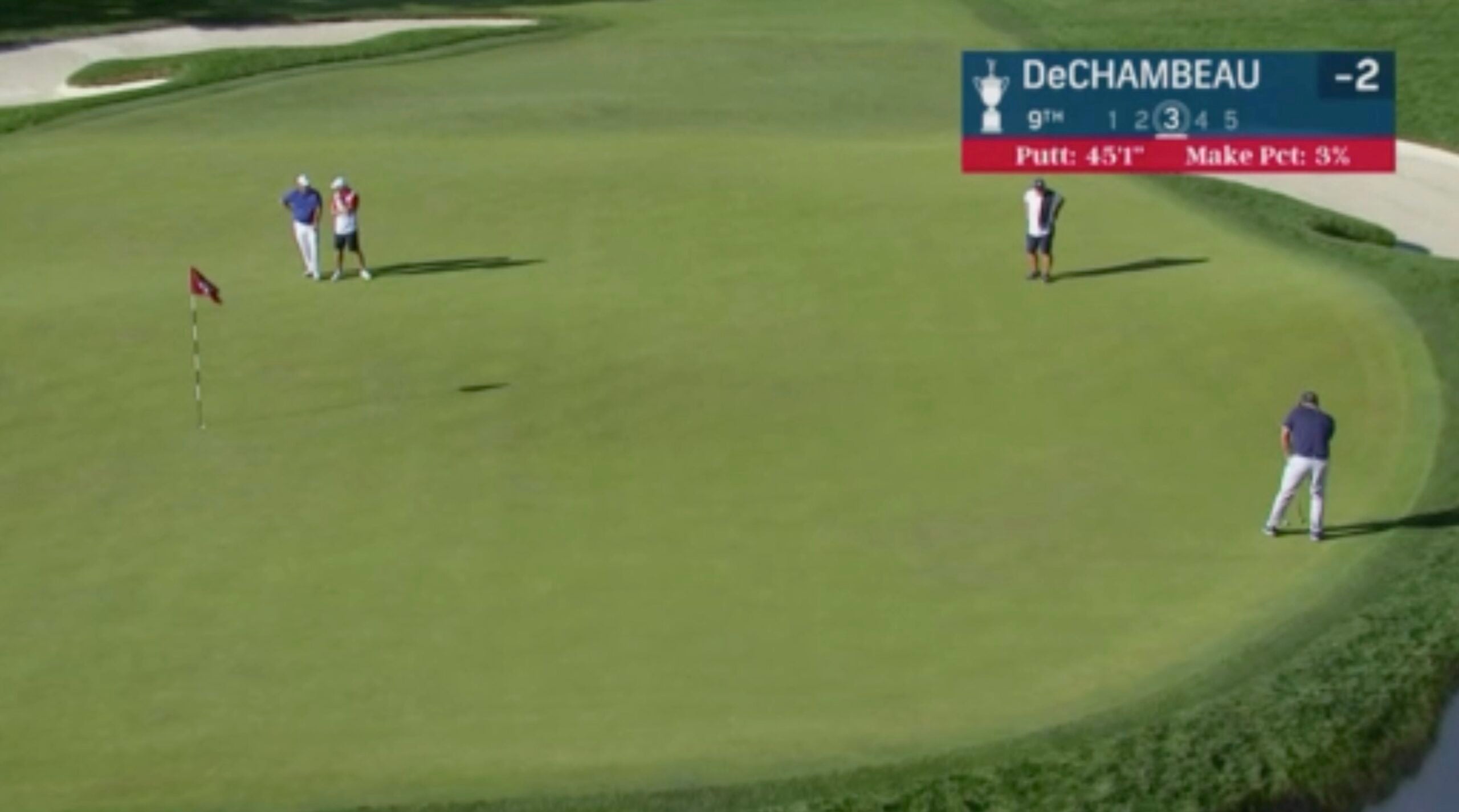
Lots of golfers think that when the ball moves on the green, it’s an automatic penalty. But as we covered in our most recent Rules School video, that’s not the case — so no need to panic if it does. If you’ve marked your ball, replaced it, and the ball moves by natural forces, you’re allowed to return it to its original spot under rule 13.1D without penalty. In fact, if he or his caddie had moved the ball accidentally, he would also have been allowed to replace it penalty-free. Both of these wrinkles are thanks to a recent rules change.
Dustin Johnson was not so lucky at the 2016 U.S. Open. As Craig Winter, the USGA’s Senior of Rules, explained on the broadcast, a rules official came over and supervised Bryson as he replaced his ball to its original spot.

It’s an important rule to know and keep in your back pocket for your own sake, should your ball move in the midst of a heated match against your buddies.

